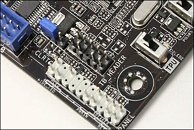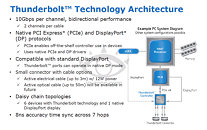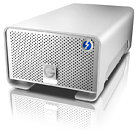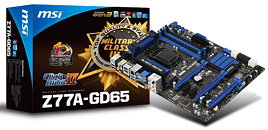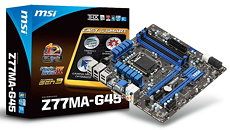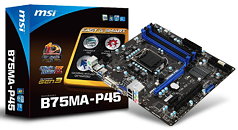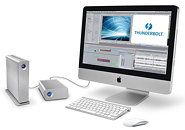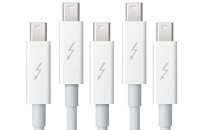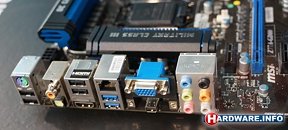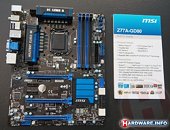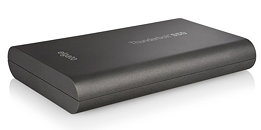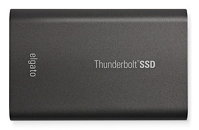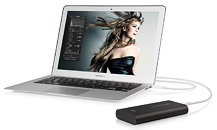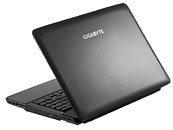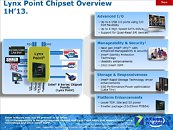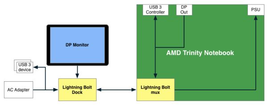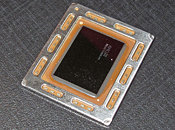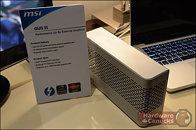
ASUS G55VW (Ivy Bridge-Based) Gaming Laptop Up for Pre-Order
Not waiting on Intel to launch its Ivy Bridge line-up, HIDevolution.com has went ahead and put up a pre-order page for the ASUS G55VW-DS71 gaming laptop which is powered by the Core i7-3610M processor. Beside packing a 3rd-generation Core chip, ASUS' new ROG-branded mobile machine features a 15.6-inch Full HD (1920 x 1080) display, an NVIDIA GeForce GTX 660M 2 GB graphics card, up to 16 GB of RAM, and up to three storage drives (HDD, HHD, SSD options are available).
The G55VW-DS71 also has Gigabit Ethernet, 802.11 b/g/n WiFi, Bluetooth 4.0, an 8-in-1 card reader, a 2.0 megapixel webcam, a HDMI output, a Thunderbolt port, one USB 3.0 connector, and an 8-cell (5200 mAh / 75 Whr) battery. ASUS' laptop runs Windows 7 (Home Premium or Ultimate) and starts at $1,475.
The G55VW-DS71 also has Gigabit Ethernet, 802.11 b/g/n WiFi, Bluetooth 4.0, an 8-in-1 card reader, a 2.0 megapixel webcam, a HDMI output, a Thunderbolt port, one USB 3.0 connector, and an 8-cell (5200 mAh / 75 Whr) battery. ASUS' laptop runs Windows 7 (Home Premium or Ultimate) and starts at $1,475.




